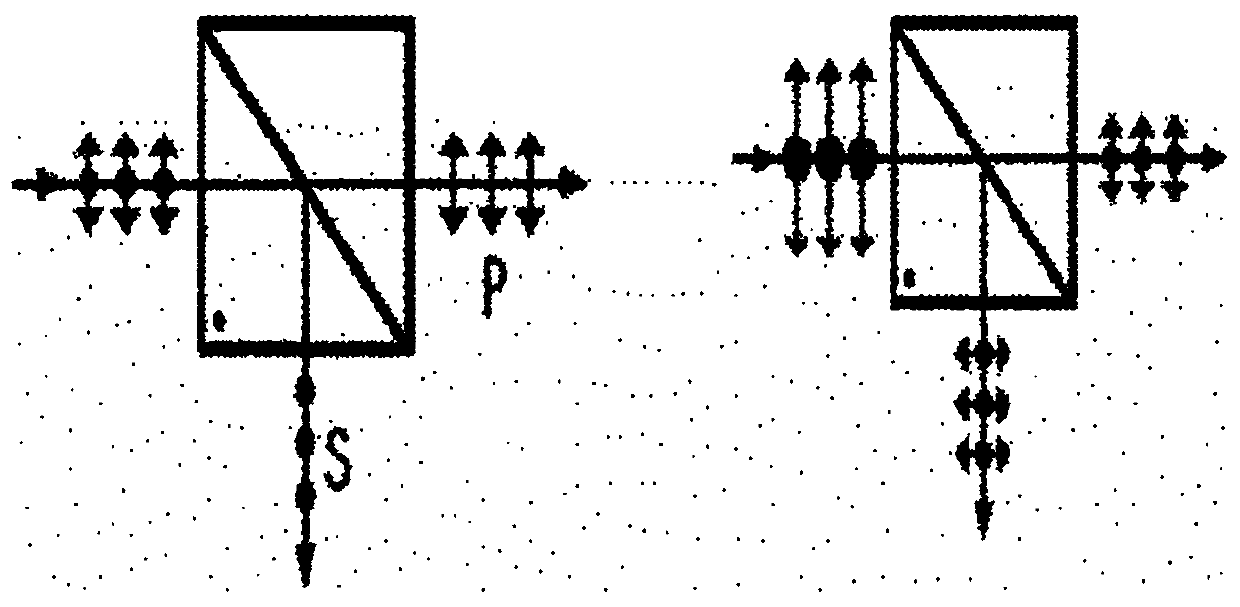Polarizing fundus camera for effectively suppressing internal reflection
A technology of internal reflection and camera, applied in ophthalmoscope, optics, application, etc., can solve the problems of expensive devices, achieve low cost, reduce diagnosis and treatment costs, and reduce production costs
- Summary
- Abstract
- Description
- Claims
- Application Information
AI Technical Summary
Problems solved by technology
Method used
Image
Examples
Embodiment Construction
[0044] The present invention is a kind of fundus camera which is one of ophthalmic examination and diagnosis devices. If the conventional color fundus camera is a device that can pass through the visible light band (400nm-640nm) and have a wavelength greater than 640nm, and then present retinal lesions and diagnose retinal diseases The choroidography fundus camera and its components are used to photograph the choroidal blood vessels and choroidal lesions behind the retina together with near-infrared rays.
[0045]Specific matters including the above-mentioned technical problems of the present invention, solutions to the problems, and effects of the invention are included in one embodiment described below and the drawings. Reference and attachment Figure 1 With an embodiment described in detail later, the advantages, features and methods for realizing the present invention will become more clear.
[0046] like figure 1 As shown, the polarized fundus camera for effectively s...
PUM
 Login to View More
Login to View More Abstract
Description
Claims
Application Information
 Login to View More
Login to View More - R&D
- Intellectual Property
- Life Sciences
- Materials
- Tech Scout
- Unparalleled Data Quality
- Higher Quality Content
- 60% Fewer Hallucinations
Browse by: Latest US Patents, China's latest patents, Technical Efficacy Thesaurus, Application Domain, Technology Topic, Popular Technical Reports.
© 2025 PatSnap. All rights reserved.Legal|Privacy policy|Modern Slavery Act Transparency Statement|Sitemap|About US| Contact US: help@patsnap.com



